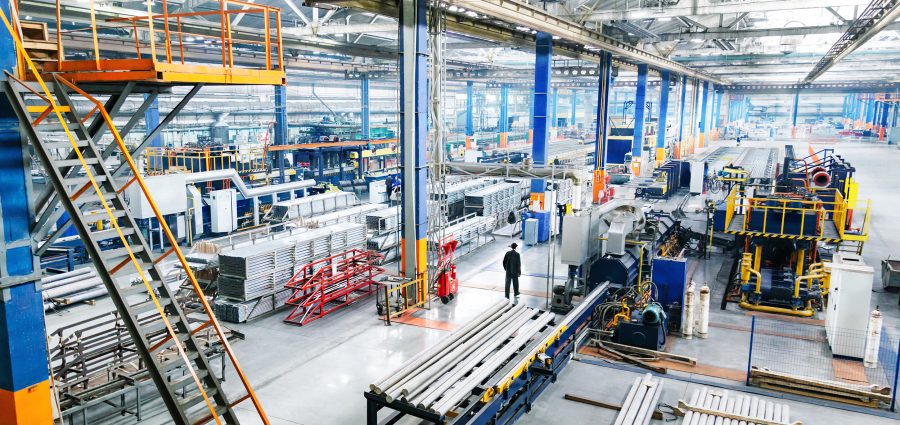U.S. industrial production decreased considerably in July following a consecutive gains in June and May.
The Federal Reserve’s latest Industrial Production and Capacity Utilization Report showed that production decreased 0.6% in July month-to-month, far more than market expectations of a 0.1% decline by economists surveyed by the Wall Street Journal.
At 102.9% of its 2017 average, total industrial production in July was down 0.2% year-over-year. Capacity utilization moved down to 77.8%, which was down 1.9 percentage points year-over-year.
Total July production was hampered by declines of 0.3% in manufacturing and 3.7% in utilities, while mining remained flat.
source: tradingeconomics.com
Market Groups
Most major market groups saw losses in July. The index for consumer goods decreased by 1% month-to-month, driven by a 7% drop in automotive products. The index for materials saw a decline of 0.7%, with losses in both its energy and its non-energy components.
Defense and space equipment showed positive growth with a 0.5% increase. However, business equipment and construction supplies declined 0.2% and 0.3%, respectively.
Industry Groups
Manufacturing output dropped by 0.3% in July month-to-month and was 0.1% above its year-earlier level. Nondurable manufacturing saw a 0.4% monthly rise, while durable manufacturing fell 0.9%.
The Fed noted that factory shutdowns early in the month caused by Hurricane Beryl are estimated to have held down July manufacturing output by 0.3%.
Specific industries such as motor vehicles and parts (-7.8%) more than offset gains elsewhere, including computer and electronic products (1.5%), machinery (1.4%) and primary metals (1.3%). Mining output was flat in July, and utilities output dropped by 3.7%.
Capacity utilization for manufacturing decreased by 1.1 percentage points to 77.2%, reflecting the impact of Hurricane Beryl across various manufacturing segments.
Related Posts
-
June saw solid gains in manufacturing output, highlighting significant growth in the industrial sector.
-
It far surpassed economists’ expectations and followed two straight flat months.
-
The month's production figure narrowly trailed Wall Street economists' expectation.





